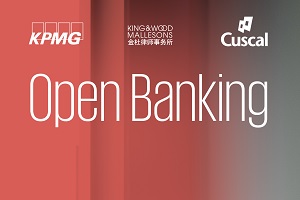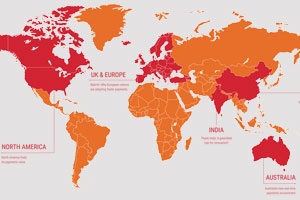
With 26% of the global population under 15 years old and projected growth of 7% by 2030, according to the United Nations World Youth Report, 2020, the landscape of youth banking is rapidly evolving, presenting both challenges and unprecedented opportunities for financial institutions. Our latest white paper shares in-depth findings of the financial learning journey at each youth life stage and delves into the strategic imperatives of targeting this 5.5 million strong demographic—from understanding their digital-first expectations to nurturing lifelong customer relationships.
Inside, we explore crucial topics such as:
- Evaluating the $825 billion total opportunity value of the youth segment and its strategic importance within your financial institution’s broader vision.
- Quantifying the correlation between early financial education and sustained customer loyalty—explore strategies to capitalise on this proven link.
- Understanding why conventional banking methods are falling short in meeting the precise financial literacy needs of today’s youth—and learning actionable solutions to address these gaps effectively.
- Detailed insight into the youth financial learning journey and how to develop compelling youth banking propositions that drive both acquisition and retention.
- Uncovering the five key elements of a robust youth strategy to harness competitive advantage.
- How to navigate regulatory landscapes and forge strategic partnerships to bolster your youth banking initiatives, ensuring both compliance and market relevance.
Ready to transform your approach to youth banking?
How can Cuscal help your organisation?
With nearly 60 years of expertise, Cuscal can partner with you across the whole payment ecosystem. Harnessing our deep knowledge of the Australian financial market and robust regulatory experience, we can help your organisation bring to life the digital experiences required to attract and retain these customers.
If you would like to speak to us about your youth banking strategy, email us at getintouch@cuscal.com.au.
Important Information: Information in this web copy and White Paper are current as at December 2023 and is subject to change. This information is provided for general information purposes only and not for the purpose of providing legal, financial or investment advice. The information contained in the web copy and White Paper does not constitute an offer, a solicitation of an offer or to enter a legally binding contract. The web copy and White Paper contains material provided by third parties. While such material is published with the necessary permission, Cuscal does not accept any responsibility for the accuracy or completeness of any such material. Although Cuscal has made every effort to ensure the information is free from error, Cuscal does not warrant the accuracy, adequacy or completeness of the information. Except where contrary to law, Cuscal intends by this notice to exclude liability for the information. This web copy and White Paper is not to be distributed to any other party without Cuscal’s prior written consent. Cuscal Limited ABN 95 087 822 455.














